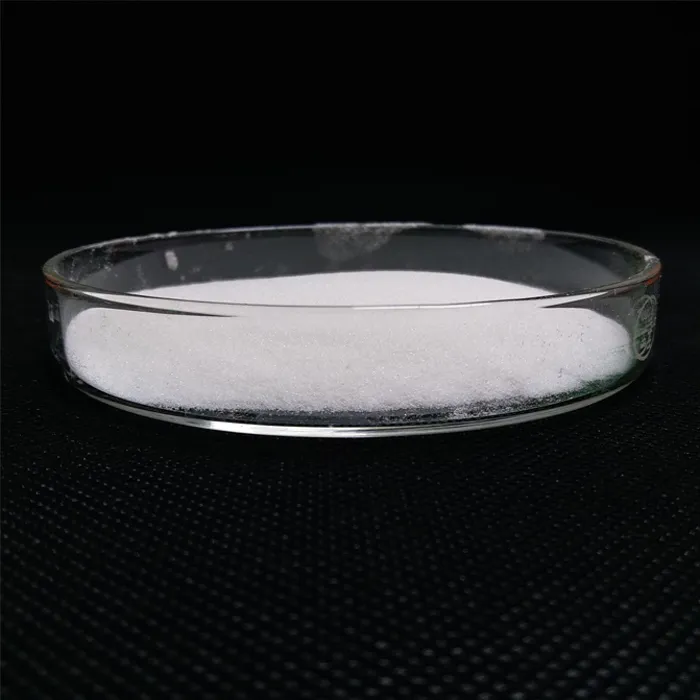Drinking Water Treatment Chemicals Ensuring Safe and Clean Water
Access to safe drinking water is essential for public health, yet many communities face challenges in providing clean water due to various pollutants and contaminants. To address this issue, water treatment chemicals play a crucial role in the purification process. These chemicals are integral to the removal of harmful substances, ensuring that the water supplied to homes and businesses is safe for consumption.
The Importance of Water Treatment
Water sources can be contaminated by natural processes or human activities, such as agricultural runoff, industrial discharges, and inadequate waste management practices. Contaminants in drinking water can include bacteria, viruses, chemicals, heavy metals, and sediments that pose health risks if consumed. The treatment of drinking water is essential to eliminate these dangers, transforming raw water into a clean and safe product.
Common Water Treatment Chemicals
1. Coagulants Coagulation is one of the first steps in the water treatment process. Coagulants, such as aluminum sulfate, ferric chloride, and polyaluminum chloride, are added to the water to destabilize and aggregate suspended particles. This process encourages the formation of larger clumps, known as flocs, which can be easily removed through sedimentation or filtration.
2. Disinfectants After coagulation and sedimentation, the next step involves disinfecting the water to eliminate pathogenic microorganisms. Common disinfectants include chlorine, chloramine, ozone, and ultraviolet (UV) light. Chlorine is widely used due to its effectiveness and residual disinfection capabilities, while UV light technology has gained popularity due to its ability to inactivate microorganisms without introducing harmful byproducts.
drinking water treatment chemicals

3. pH Adjusters Maintaining the appropriate pH level is vital in water treatment processes. Chemicals like sulfuric acid or sodium hydroxide are used to adjust the pH, optimizing conditions for coagulation and disinfection. Proper pH levels help enhance the effectiveness of disinfectants and reduce corrosion in distribution systems.
4. Flocculants Flocculants work alongside coagulants to facilitate the aggregation of particles. Polymers, such as polyacrylamide, are common flocculants that improve the speed and efficiency of the sedimentation process by promoting floc growth, leading to clearer water and reduced chemical usage.
5. Adsorbents These chemicals, like activated carbon, are utilized to remove organic compounds, chlorine, and other contaminants through adsorption. Activated carbon can trap pollutants on its surface, improving taste and odor while also removing harmful substances like pesticides and volatile organic compounds (VOCs).
6. Corrosion Inhibitors Corrosion in water distribution systems can lead to metal leaching, resulting in health hazards. Corrosion inhibitors such as orthophosphate are added to mitigate this risk, forming a protective layer on the pipe surfaces and reducing the release of lead and copper into the drinking water.
Conclusion
In conclusion, drinking water treatment chemicals are essential tools in ensuring the safety and quality of our water supply. As communities face increasing water quality challenges, the continuous development and application of effective treatment chemicals will be crucial. Water treatment facilities must adhere to strict regulatory standards and continuously monitor water quality to provide safe drinking water to the public. Ultimately, the responsible use of these chemicals not only protects public health but also supports sustainable water management practices for future generations. By prioritizing water treatment, we can ensure a healthier and cleaner water supply for everyone.

